
VJ Cooks is coming to the City Library!
Vanya Insull lives in Taupō, New Zealand. She is a passionate foodie who loves cooking, baking, sharing recipes and of course – eating! In November 2016, Vanya founded the VJ cooks Facebook page which quickly amassed a large following. From there, Vanya set up her own website VJcooks.com which now has over 500 recipes (and counting!) with average daily views of over 25,000 from visitors across the globe.
On Friday May 24, Vanya will be conversing with the City Library’s own resident cooking enthusiast Alex Johnston.
We’re thrilled to have Vanya be our second participant in the soon-to-be-huge Questions & Authors series. Here are her Qs and As:
Q. What’s your favourite book right now?
A. I just read The Women by Kristen Hannah. It was so good, 5 stars from me.
Q. And what about when you were a child?
A. I love Alison Holst’s cookbooks.
Q. What’s your earliest writing memory?
A. I don’t really consider myself a writer, but I started writing recipes down in a notebook about 7 years ago.
Q. Do you have a favourite font for writing in? And revising? (Or do you write by hand?)
A. I just scribble the recipes by hand then type them up for my website or cookbook later on.
Q. Top tip(s) for aspiring authors?
A. Content is king when it comes to sharing recipes so just keep sharing them on social media.
Q. If you had the opportunity to travel to any country in the world to research food and drink, where would you go and why?
A. I would love to go to Thailand and do some cooking classes there, I love Thai food.
Q. What is your favourite back-pocket recipe for an instant dinner?
A. What’s in the fridge pasta. I can make a tasty meal with just a few ingredients.
Q. Who would your dream dinner guest be and what would you cook them?
A. I would love to cook for my late grandparents and show them my success and how far I had come from being a plain and picky eater when I was a kid.
Q. What is your most treasured food memory?
A. The cooking class I did when I was in Greece last year was very special.
Q. Who are your food heroes/greatest influences and why?
A. I love to follow what other cooks create on Instagram. My faves are Gaby Dalkin, Donal Skehan and Half Baked Harvest.
Q. What are the ingredients and flavours you could not live without?
A. My favourite flavour combos are: Garlic and Rosemary. Raspberries and Chocolate. Pasta and cream haha.
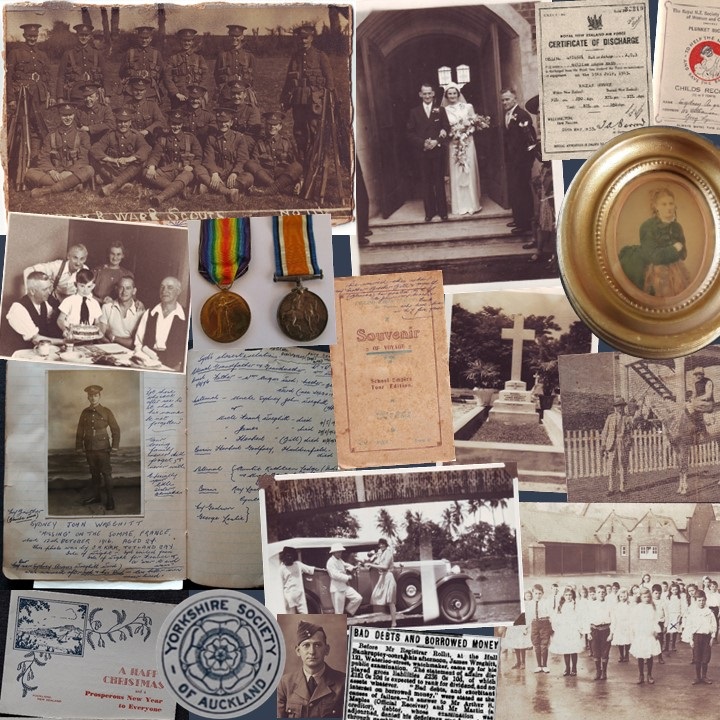
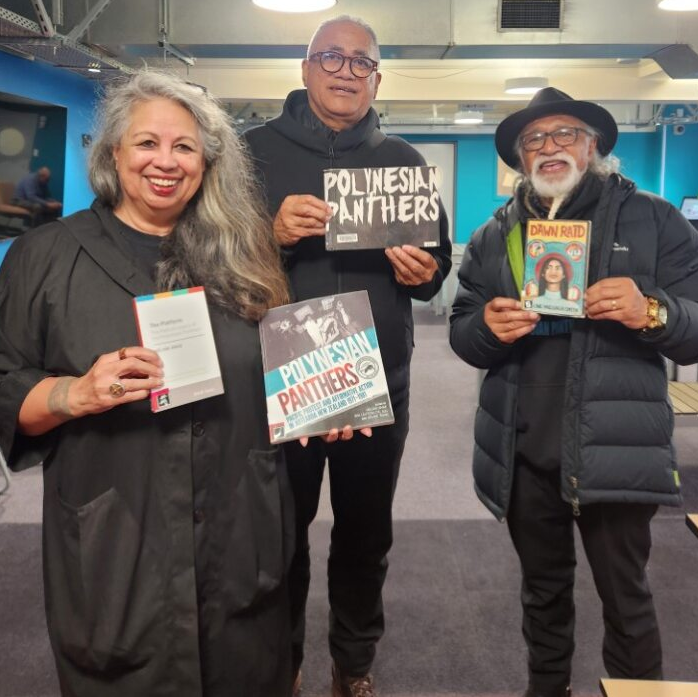


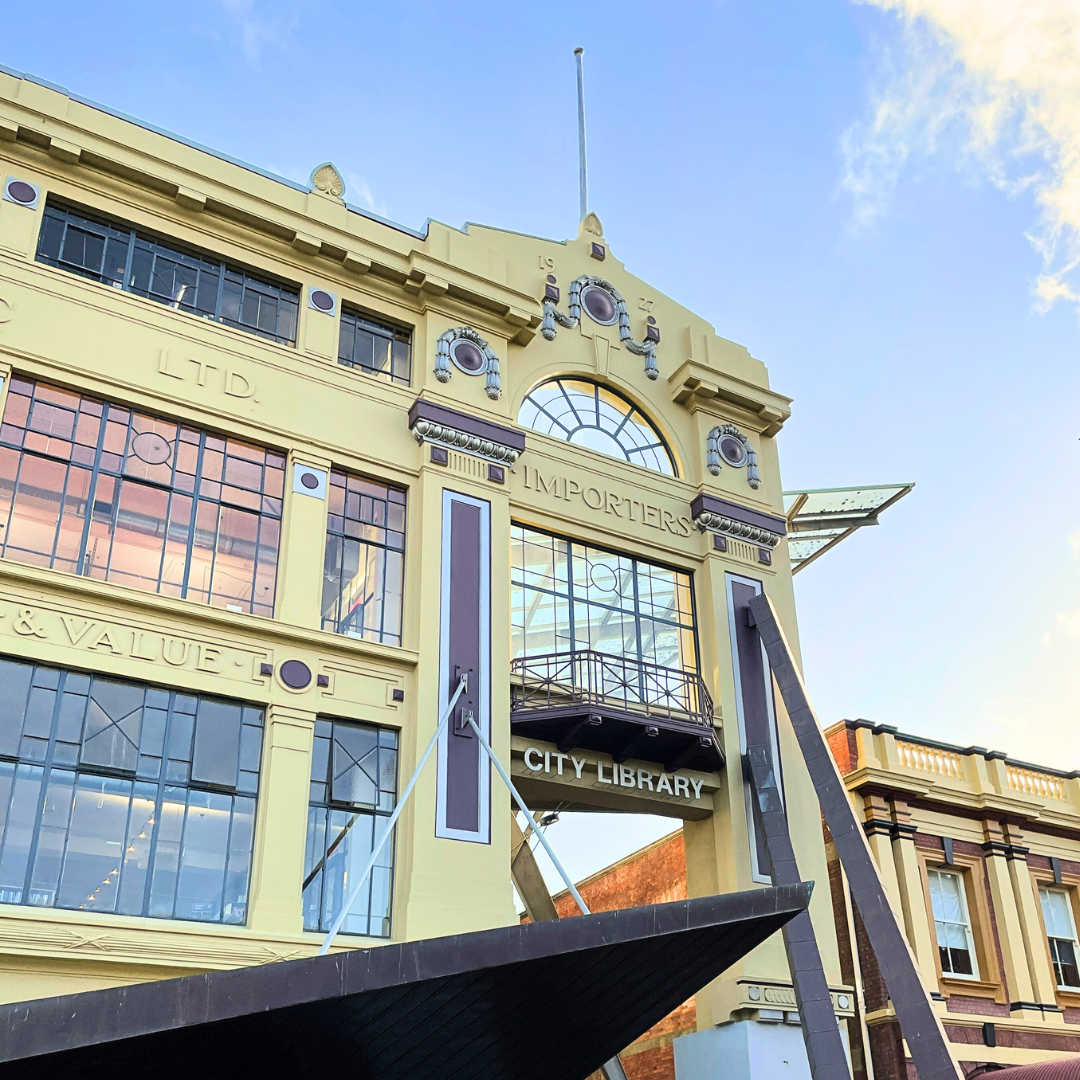
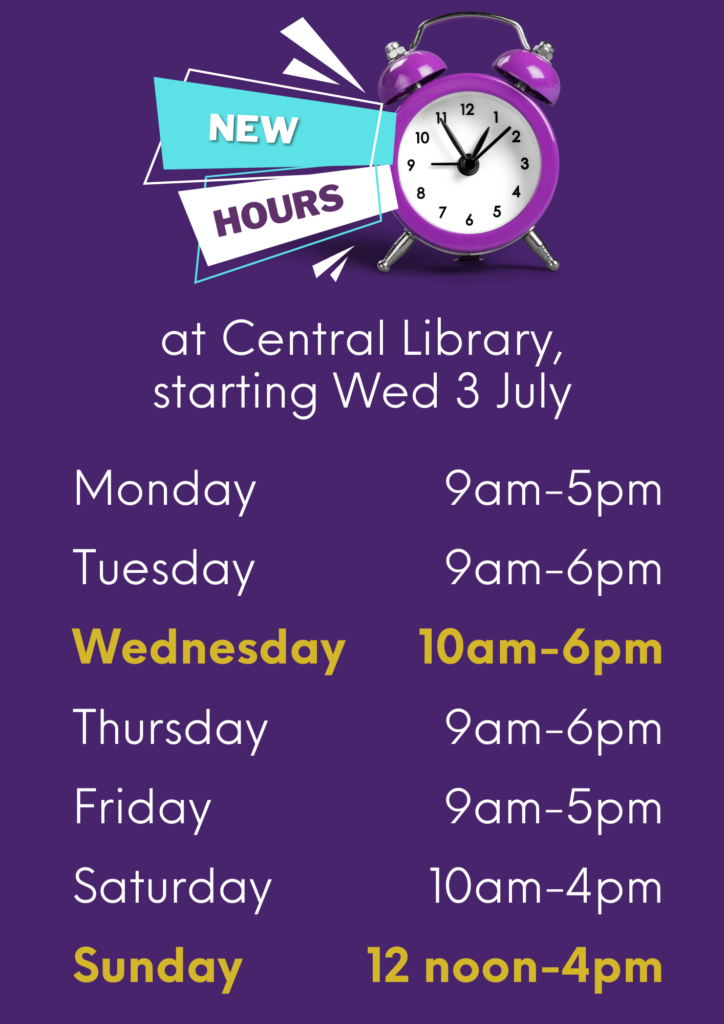
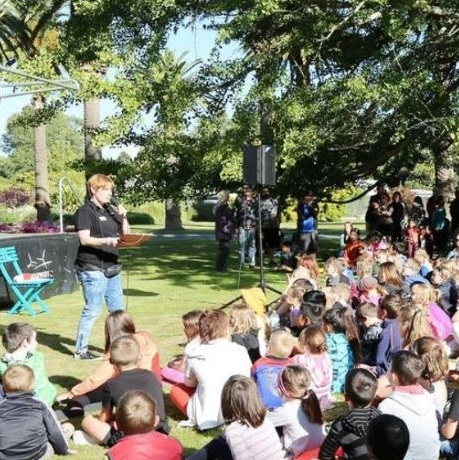

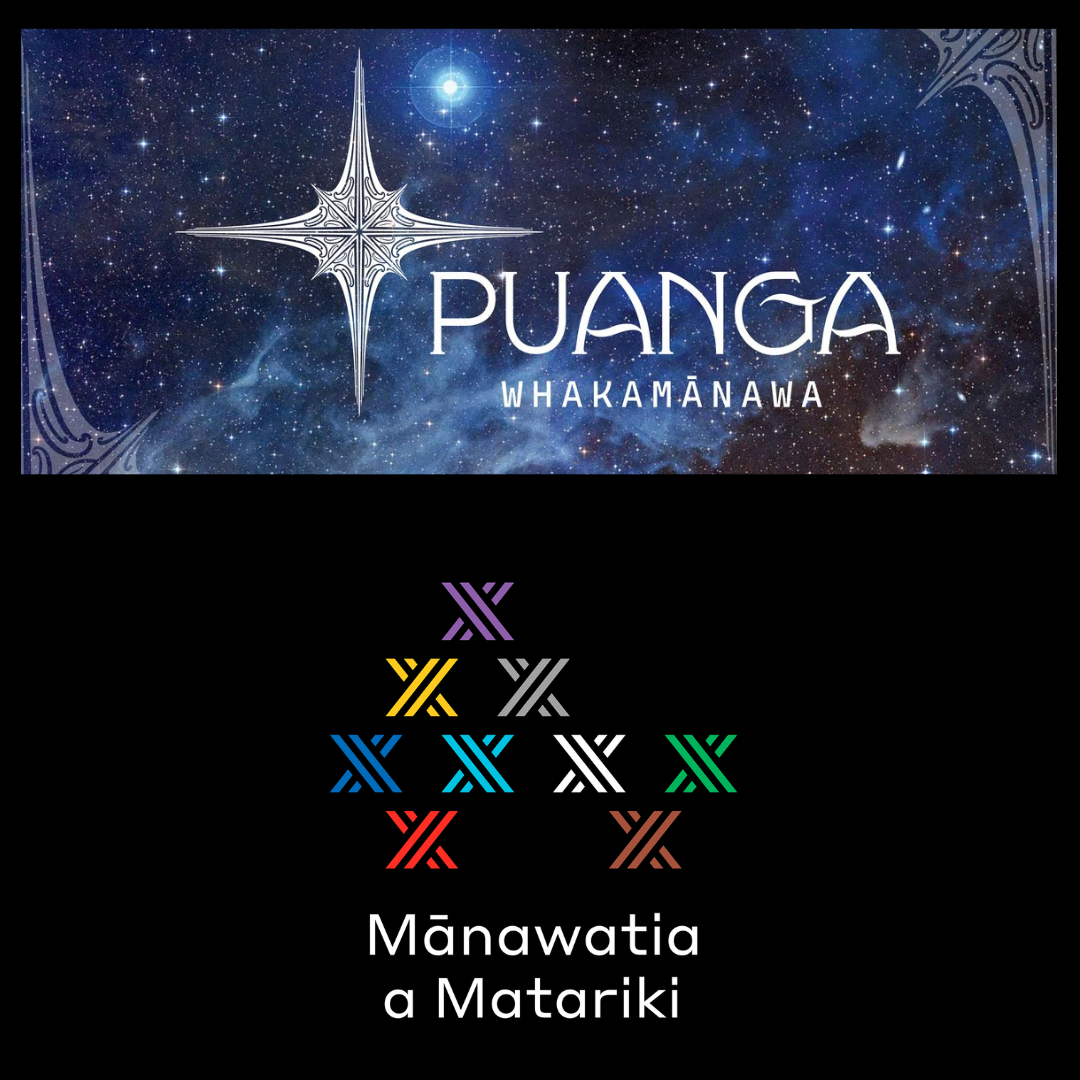

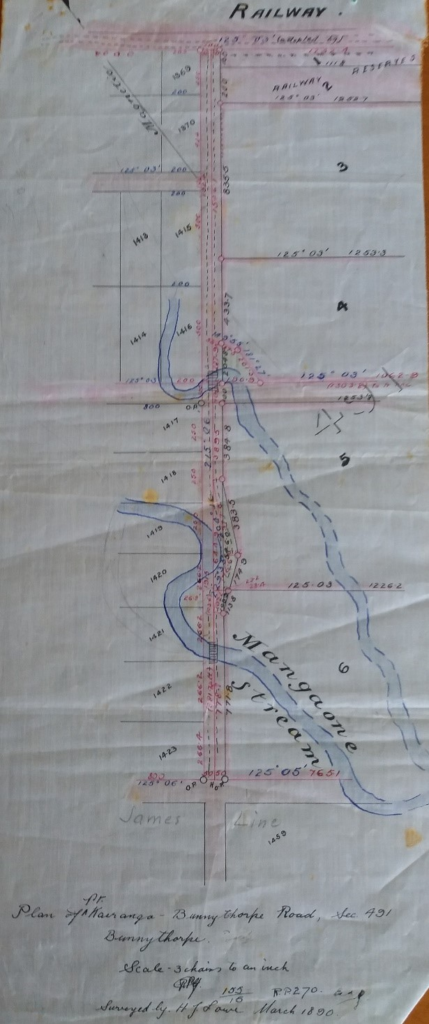


Recent Comments